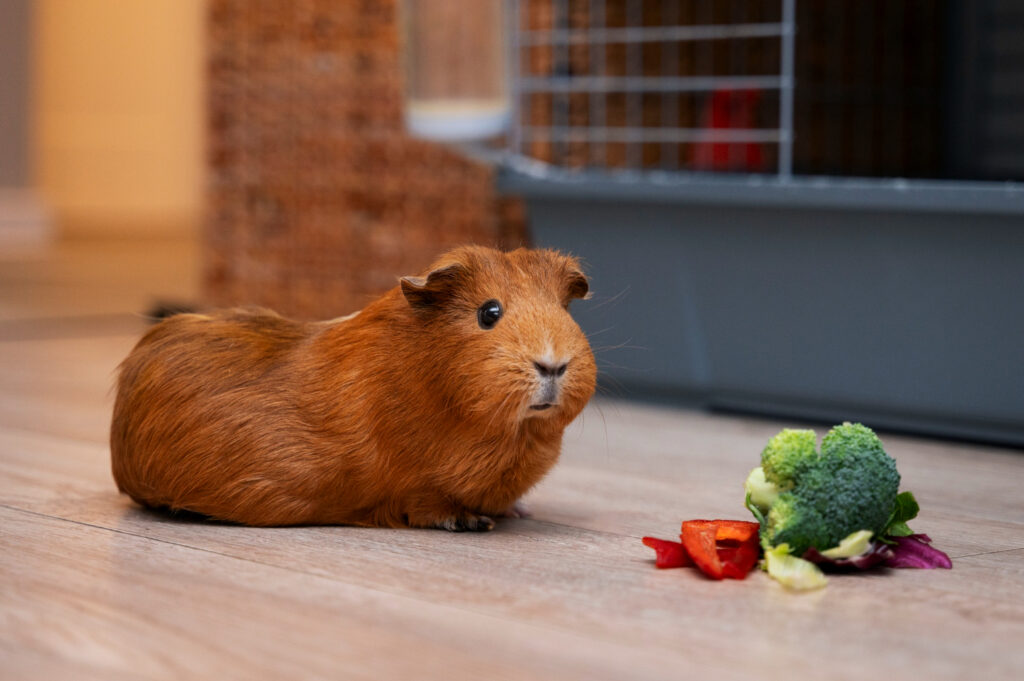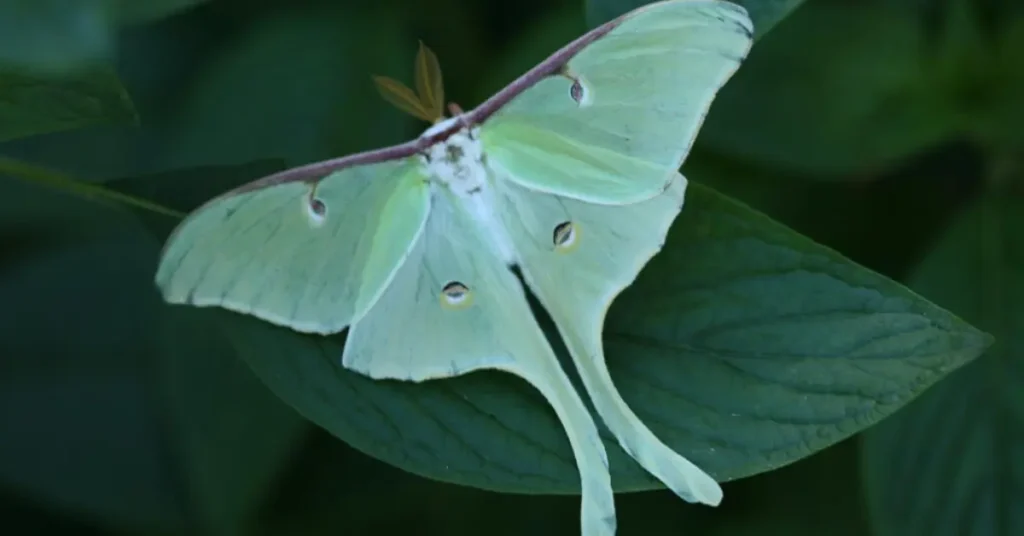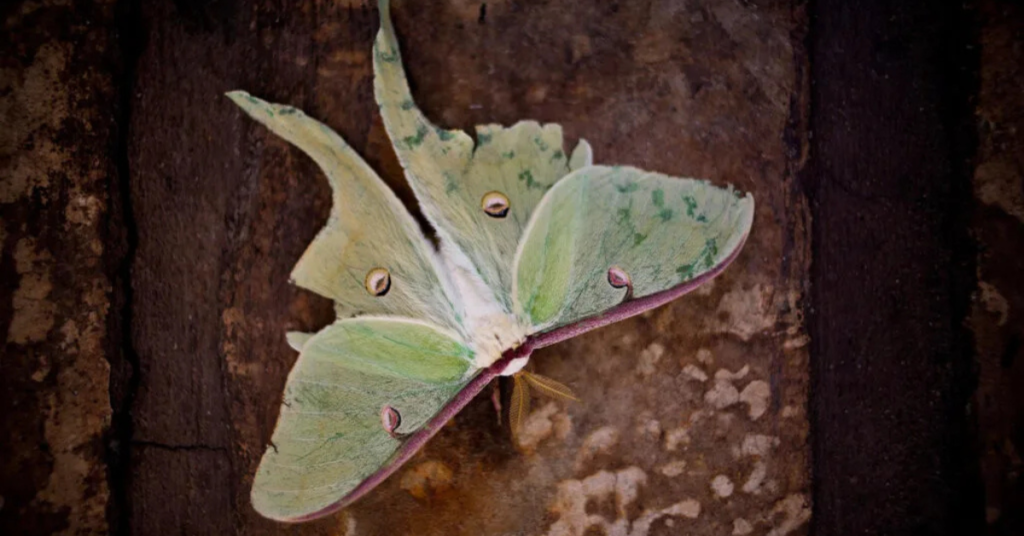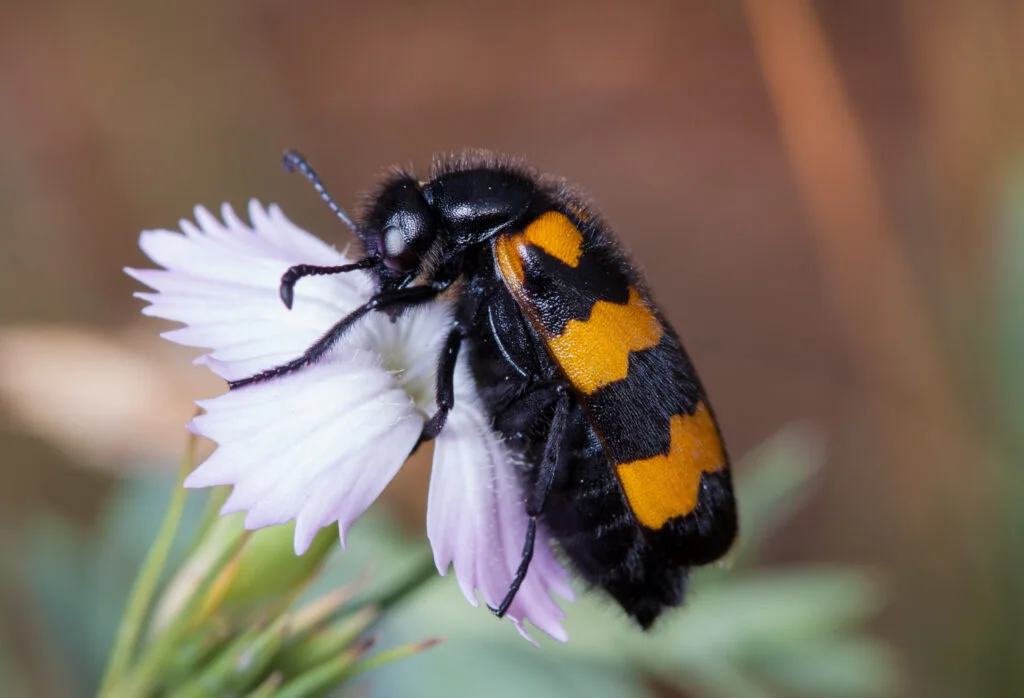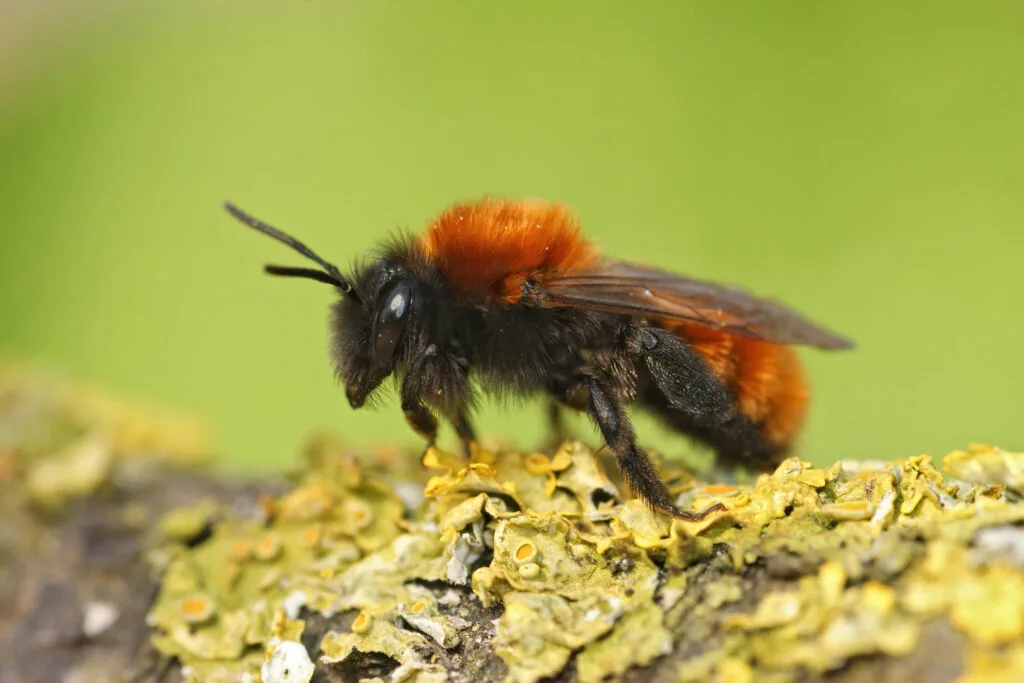The Chinese Hamster is a fascinating small rodent species that makes a wonderful pet for those looking for a unique, low-maintenance companion. Often mistaken for other dwarf hamsters, this breed stands out due to its distinctive body shape and tail length. Whether you’re a first-time hamster owner or an experienced pet keeper, understanding the needs and traits of the Chinese Hamster is essential for providing the best care.
Table of Contents
ToggleWhat is a Chinese Hamster?
The Chinese Hamster (Cricetulus griseus) is a small, agile rodent native to deserts and grasslands in northern China and Mongolia. Unlike other hamster species, it has a long, slender body and a relatively longer tail, making it resemble a tiny mouse. These hamsters are known for their gentle nature and are often kept as pets worldwide.
Their natural habitat consists of dry, rocky areas, and they are well-adapted to burrowing. In the wild, Chinese Hamsters are nocturnal, meaning they are most active at night. As pets, they tend to follow the same pattern but may adjust to their owner’s schedule with time.
Physical Characteristics of the Chinese Hamster
- Size: 3.9 to 5 inches (10-13 cm)
- Weight: 30-45 grams
- Lifespan: 2-3 years, sometimes longer with proper care
- Color Variations: Brownish-grey with a darker stripe along the back
- Tail Length: 1 to 1.5 inches, significantly longer than most hamster species
- Body Shape: Slender and mouse-like compared to other hamsters
Ears & Eyes: Small, rounded ears and dark, beady eyes
Habitat and Enclosure Requirements
Providing a comfortable and safe environment is crucial for the well-being of a Chinese Hamster. Here’s what you need:
- Cage Type: A well-ventilated, escape-proof enclosure. Glass tanks or wire cages with narrow bars work well.
- Size: The cage should be at least 24×12 inches in floor space, with a deep base for burrowing.
- Bedding: Use paper-based or aspen bedding. Avoid cedar or pine shavings, as they can cause respiratory issues.
- Hiding Spaces: Provide tunnels, huts, and other hiding spots to make the hamster feel secure.
- Exercise Wheel: A solid-surface wheel of at least 6 inches in diameter to prevent spinal issues.
- Chew Toys: Wooden or mineral-based chew toys to help prevent overgrown teeth.
- Temperature: Keep the habitat between 65-75°F (18-24°C) and away from direct sunlight.
Diet and Nutrition
The Chinese Hamster has a diet similar to other hamsters but requires a balanced nutritional intake:
Essential Foods:
- Pellets and Seeds: High-quality hamster pellets should form the basis of their diet.
- Fresh Vegetables: Safe vegetables include carrots, cucumbers, and leafy greens in moderation.
- Fruits: Small portions of apples, bananas, and berries can be given occasionally.
- Proteins: Offer small amounts of boiled eggs, mealworms, or cooked chicken for protein.
- Nuts and Grains: Unsalted nuts and whole grains can be included as treats.
- Water: Fresh, clean water should always be available in a sipper bottle.
Foods to Avoid:
- Citrus fruits (oranges, lemons)
- Chocolate or sugary treats
- Onions and garlic
- Almonds and fruit pits (contain toxins)
Behavior and Temperament
One of the reasons the Chinese Hamster is popular as a pet is its friendly and curious nature. Unlike other hamsters, they are:
- Less aggressive and more tolerant of handling.
- Nocturnal but may show activity during the day.
- Intelligent and capable of recognizing their owners.
While they are friendly, they still prefer some alone time and should not be forced into social interactions. Gentle and patient handling from a young age helps them become more comfortable with human interaction.
Socialization: Can They Live Together?
Unlike Syrian hamsters, which are highly territorial, the Chinese Hamster may tolerate same-sex pairings if introduced early. However, fights can still occur, so it’s generally best to house them alone unless supervised closely. Even bonded pairs may develop aggression as they mature, so be prepared to separate them if necessary.
Common Health Issues
Like all pets, the Chinese Hamster is prone to certain health issues:
- Diabetes: Avoid sugary foods and monitor weight regularly.
- Respiratory Infections: Ensure proper cage ventilation and keep the habitat clean.
- Obesity: Provide a balanced diet and encourage exercise with toys and a running wheel.
- Tooth Problems: Chew toys are essential to prevent overgrown teeth, which can cause eating difficulties.
Breeding and Lifespan
Breeding Chinese Hamsters requires careful planning. The gestation period is around 18-21 days, and litters typically consist of 4-6 pups. Since these hamsters can reproduce quickly, responsible breeding is essential.
With proper care, a Chinese Hamster can live between 2-3 years, though some may exceed this lifespan with exceptional care. Factors like diet, genetics, and overall care influence their longevity.
Breeding Chinese Hamsters requires careful planning. The gestation period is around 18-21 days, and litters typically consist of 4-6 pups. Since these hamsters can reproduce quickly, responsible breeding is essential.
With proper care, a Chinese Hamster can live between 2-3 years, though some may exceed this lifespan with exceptional care. Factors like diet, genetics, and overall care influence their longevity.
Is the Chinese Hamster Right for You?
If you’re considering a Chinese Hamster as a pet, here are some things to keep in mind:
Pros:
- Ideal for those looking for a low-maintenance pet.
- Great for owners who enjoy handling small animals.
- Requires minimal space compared to larger pets.
Cons:
- Not suitable for young children due to their delicate size.
- May be prone to escaping due to their agility.
Conclusion
The Chinese Hamster is a wonderful pet choice for those willing to provide a proper environment, balanced diet, and gentle handling. Their unique appearance, friendly nature, and manageable care requirements make them a favorite among small pet enthusiasts. Whether you’re new to hamsters or adding to your rodent family, the Chinese Hamster is a delightful and rewarding companion.

